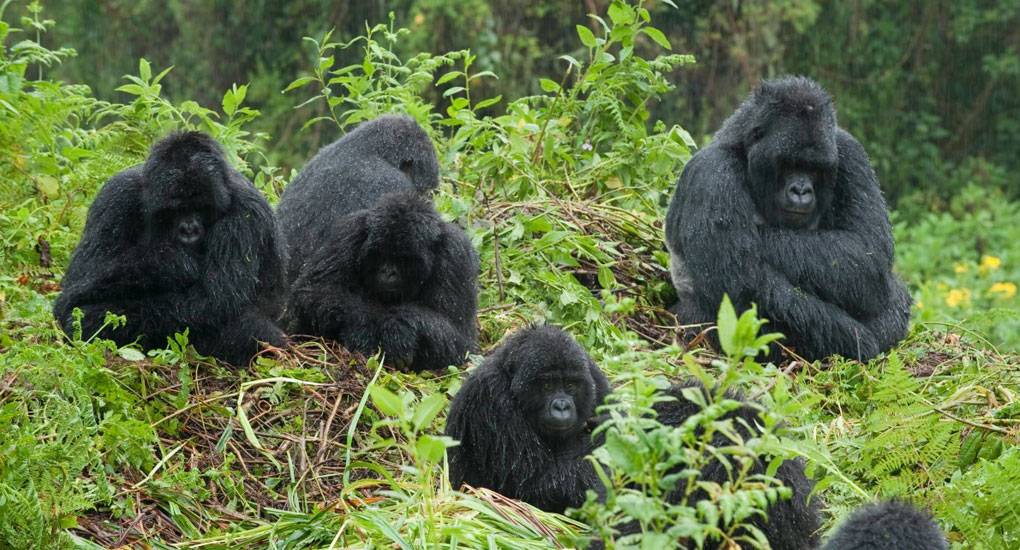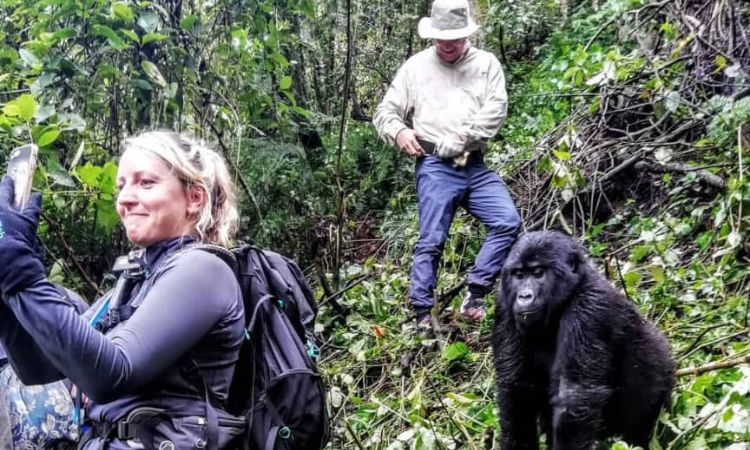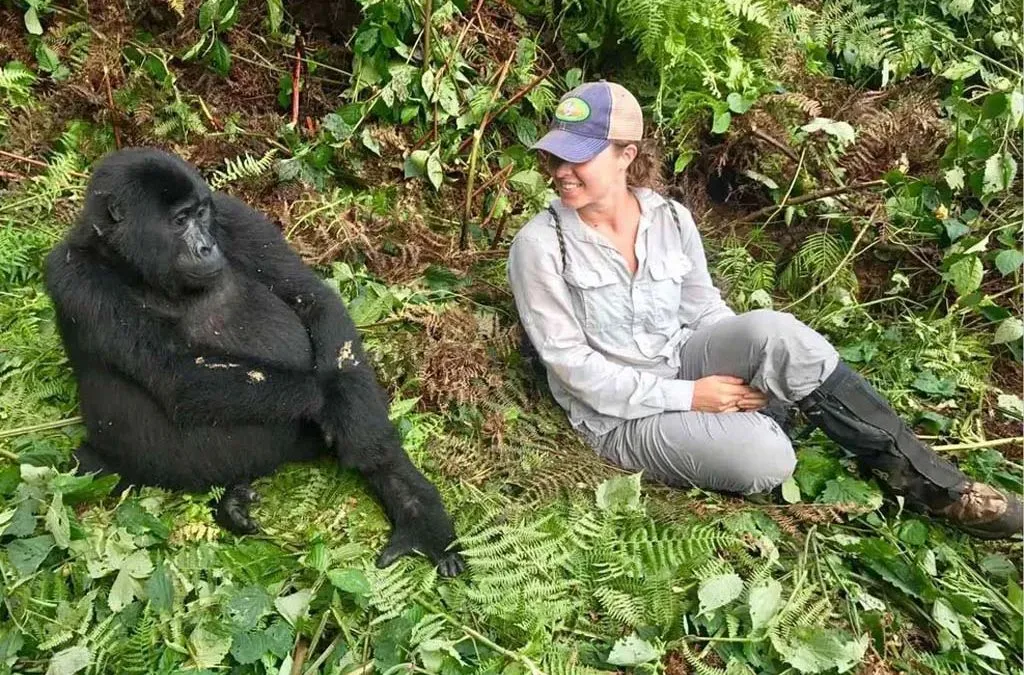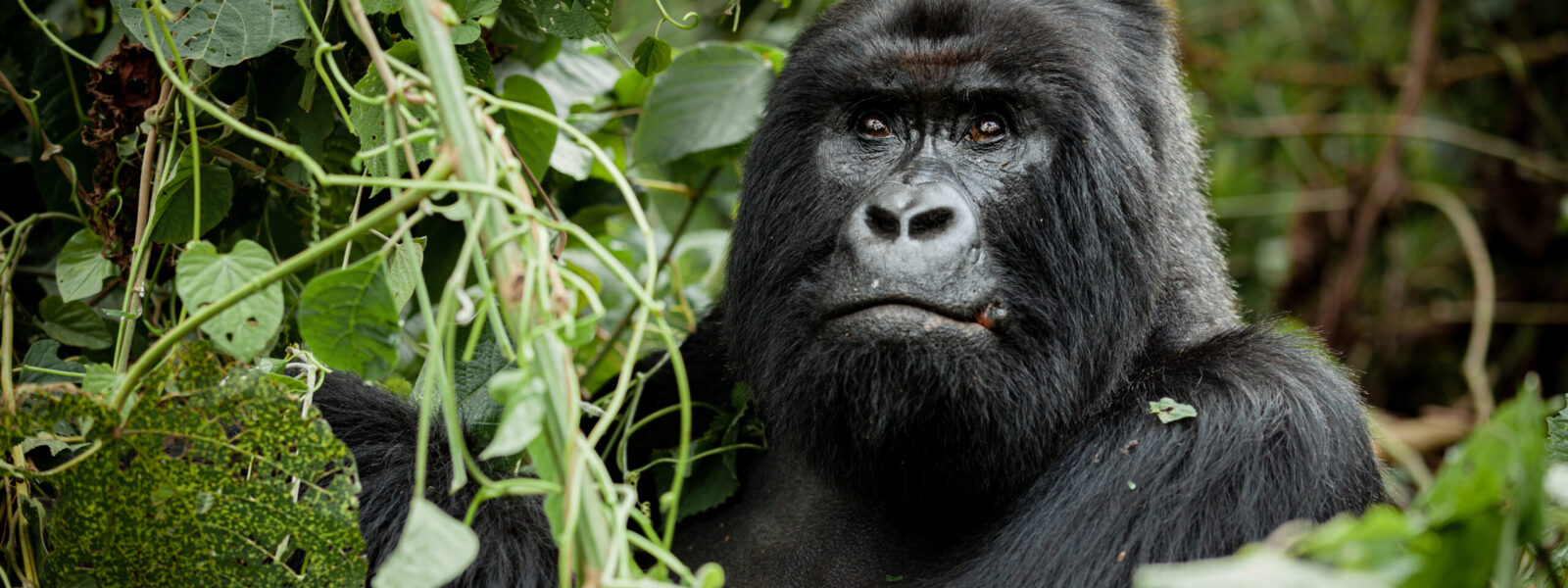The photograph is a lie. Not a malicious one, but a necessary simplification. It captures a magnificent silverback or a playful infant, framed by the lush, primeval green of a Ugandan rainforest. It’s a perfect moment, a bucket-list checkmark. Yet, what the camera can never truly convey is the sheer, visceral reality of a gorilla trekking tour in Uganda—the grind, the damp, the adrenaline, and the profound, silent awe that washes over you in the presence of the mountain gorillas.
A Uganda gorilla tour is not a leisurely safari drive; it is an expedition into the heart of the “Impenetrable Forest.” It is, in every sense of the word, an adventure.
The Dawn of the Impenetrable
The journey begins long before you reach the gorillas. Your destination is likely Bwindi Impenetrable National Park, a UNESCO World Heritage site and home to over half of the world’s remaining mountain gorillas, or the smaller, more dramatic landscape of Mgahinga Gorilla National Park. The morning starts with a pre-dawn chill in the air and a palpable sense of anticipation.

At the park headquarters, you are assigned to one of the habituated gorilla families, a choice often guided by the rangers’ knowledge of the group’s current location and the trekkers’ fitness level. This is where the first hint of the tour’s true nature emerges. You meet your support team: a lead ranger, armed for your protection against forest elephants or stray buffalo (though your biggest threat is a stumble), a handful of trackers, and, crucially, the option to hire a local porter.
Hiring a porter is more than a convenience; it is a direct and impactful way to support the local community. They will carry your backpack, offer a steadying hand on slippery slopes, and embody the warmth and resilience of the people who are the gorillas’ immediate neighbors. This early morning human connection is an integral part of the experience.
The Hike: A Humbling Challenge
The word “trekking” is often too gentle a term. This is hiking at high altitude, through dense, uneven terrain. Whether you’re navigating the misty, high-elevation ridges of Bwindi or traversing the bamboo forests of Mgahinga, the rainforest lives up to its name. It is damp, it is steep, and it is impenetrable.

The initial path might follow a gentle trail, but once the trackers find recent gorilla signs, the true bushwhacking begins. The rangers use machetes to clear a path through thick undergrowth, stinging nettles, and thorny vines. You will slip, you will sweat, and you will feel every inch of the altitude. The trek can be as short as thirty minutes or as long as eight hours, demanding a moderate to high level of fitness.
What you feel:
- Physicality: The burning in your legs, the slick mud beneath your boots, the gasp for air at 2,000 meters.
- Sensory Immersion: The rich, loamy smell of the forest floor, the constant drip of moisture, the symphony of unseen birds and insects, and the thrill of following the tell-tale broken branches and fresh droppings left by the magnificent primates.
- Tension: A growing excitement, a constant internal monologue of Are we close? How much further?
The Hour: A Moment Outside of Time
The moment you are told, “They are close,” the fatigue vanishes. An electric current of pure adrenaline replaces the exhaustion. You shed your bag, don your face mask (a vital measure to protect the gorillas from human disease), and move forward in near-silence.
And then, you see them.
This is the moment that defies photography.
The silverback, a truly enormous creature whose calm power permeates the clearing, might be casually stripping leaves from a branch, his powerful, muscled back turned to you. A young juvenile might be tumbling playfully through the foliage, practicing its chest-beat. A mother might be grooming her infant, looking up to meet your gaze with soft, intelligent, dark brown eyes.

The enforced one hour you are permitted to spend with the family is a blur of hyper-awareness. There is a sacred, fragile quality to the time. You are only meters away—sometimes closer, as a curious juvenile might stroll right past your boots. The rangers maintain a respectful 10-meter distance, but the gorillas are oblivious to boundaries.
What you feel:
- Profound Connection: This is the heart of the “Beyond the Camera” experience. You are staring into the eyes of a close relative, separated by a mere 1.6% of DNA. The gorillas don’t fear you; they tolerate you with a detached, ancient wisdom. It’s an almost mystical sense of recognition—a humbling, soulful exchange.
- The Weight of Conservation: Seeing these gentle giants in their wild, protected home brings the reality of their endangered status into sharp focus. Your permit fee is an investment in their continued existence, and being there makes you a part of their conservation story.
- The Struggle with the Lens: Many tourists, armed with expensive cameras, find themselves fighting an internal battle. Do you spend this precious, fleeting hour viewing them through a lens, or do you put the camera down, take a deep breath, and commit the raw moment to memory? Most travelers report that the latter moments—those taken in without a screen—are the ones that truly define the experience.
The Aftermath: Carrying the Forest with You
When the hour is up, the ranger gently signals the time to retreat. The walk back, though still arduous, feels different. You carry not the weight of anticipation, but the deep satisfaction of a primal encounter. You are caked in mud, scratched, and utterly exhausted, yet emotionally buoyant.
Back at the park gate, the certificate you receive confirming your successful trek is more than a souvenir; it is a tangible symbol of having earned your place in the gorillas’ world.
A Uganda gorilla tour is not just a wildlife sighting; it’s a profound journey of immersion, perseverance, and connection. It’s a humbling reminder of our place in the natural world, leaving you with a memory that resonates not in high-definition pixels, but in the indelible, quiet awe of the soul. The camera captures the image; the trek captures your heart.\

